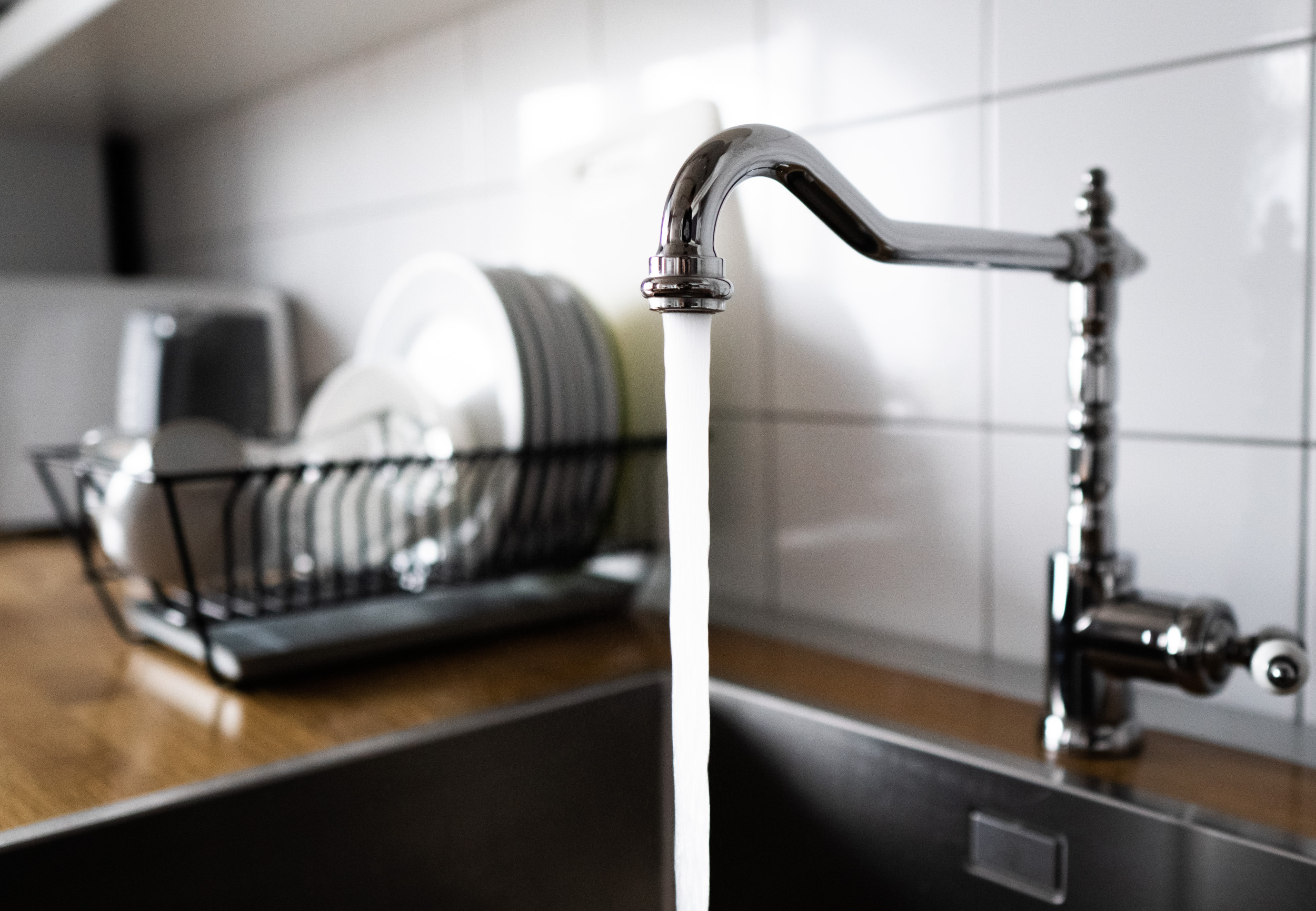Imagining what it would be like to visit another planet has been a staple of science fiction for decades. Whether it's here in the Solar System or out somewhere else in the universe, other worlds tend to intrigue us.
Yet it's worth remembering that humans exist on Earth, and not somewhere like Mars, for a reason—it's the only place in the universe that we know of that would not kill us horribly within minutes or less.
"Humans require oxygen to breathe," Jennifer Glass, an associate professor at the School of Earth and Atmospheric Sciences & Biological Sciences at the Georgia Institute of Technology, told Newsweek. "Earth's atmosphere today contains 20% oxygen. Without oxygen in the gas we breathe, humans die of asphyxia—lack of oxygen—in about seven minutes."
Without sufficient oxygen anywhere else in the Solar System, death would come fast. The only difference between the planets is whether their temperatures or pressure would kill us faster.
Here is what would happen on each planet, starting from the closest to the sun.

Mercury
The fact that Mercury is the closest planet to the sun already indicates that it would not be the most hospitable of planets. On the side of Mercury that faces the sun, temperatures soar to 800 degrees Fahrenheit as the sun blasts its nearest planet with its full force. Meanwhile, on the night-time side, temperatures would plummet to -290 F. This is because Mercury is, for all practical purposes, a vacuum, and has barely any atmosphere to retain heat.
Therefore, death on the cold side would be similar to death in outer space and probably be over in minutes. "If you died on the hot side, you would be burned to death in seconds, while asphyxiating and having all the water vaporize from your body," said Glass.
Venus
Proportionally the most Earth-like planet in the Solar System, but the similarities end there. Venus' thick atmosphere gives it a greenhouse effect that sees its surface temperature soar to around 867 degrees F, according to NASA, and the thick atmosphere also means pressure on the surface would be lethal. Unhelpfully, it also has clouds of sulfuric acid.
"While struggling to breathe, you would burn from extreme heat and acid in seconds," said Glass. "At least it would be a fast death, but it would be a horrible one."
Mars
Mars has probably the most survivable surface conditions of anywhere in the Solar System except Earth, with temperatures reaching a pleasant 70 degrees F in summer, though they would plunge to -225 degrees F at the poles.
However, even if a human were to be placed on the equator in the summer, they would not last long. Mars' atmosphere is almost pure carbon dioxide. In some ways, this would make it one of the worst planets to die on.
"If carbon dioxide builds up in our blood as a person asphyxiates, they experience the stressful sensation of breathlessness before losing consciousness and then dying of asphyxia," Glass said. "If their blood is instead diluted by breathing a gas without carbon dioxide, for example hydrogen, helium, nitrogen, methane, etc., the person will lose consciousness in a few seconds, without feeling breathlessness, so the death would be less painful, but they would still die in about a few minutes from lack of oxygen."
In short, death on Mars may be more drawn out than elsewhere in the Solar System, and potentially accompanied by extreme cold.
Jupiter, Saturn, Uranus and Neptune
The gas giants of the Solar System are grouped together because the death process would be basically the same, but also variable depending on where on the planet you go since they don't have a surface.
Being placed at the center of a gas giant means instantaneous death that would likely be too quick to even experience. The core of Saturn, for instance, is thought to be around 15,000 degrees F and the pressure at the core of Jupiter is so high that it would be like having 160,000 cars stacked on top of each other all over your body.
Out in the clouds it may be a slightly different experience, but with the same inevitable ending. Temperatures range from -166 F on Jupiter to -330 F on Neptune.
"There is no solid ground on the gas giants so you would simply fall through them until you were crushed under their intense pressure," said Glass, though you would die well before reaching the core. "Their atmospheres are composed of hydrogen with some helium, methane, and water, but minimal carbon dioxide, so at least as you froze and were crushed to death, you would lose consciousness more gently, without the panic of hypercapnia due to high carbon dioxide as on Venus and Mars."
Some moons
As an added bonus, humans would also die on all the moons of the Solar System. Betül Kaçar, a professor and lead scientist at the NASA Center for Early Life and Evolution at the University of Wisconsin, Madison, told Newsweek that, aside from not being able to breathe, people could experience being "bathed in irradiation as you pass through Jupiter's magnetic field lines" on Europa, being "flash-frozen in a lake of methane and ethane" on Titan, or being "blasted out into space in an icy geyser" on Enceladus.
In short, do not forget your space suit.
Uncommon Knowledge
Newsweek is committed to challenging conventional wisdom and finding connections in the search for common ground.
Newsweek is committed to challenging conventional wisdom and finding connections in the search for common ground.





